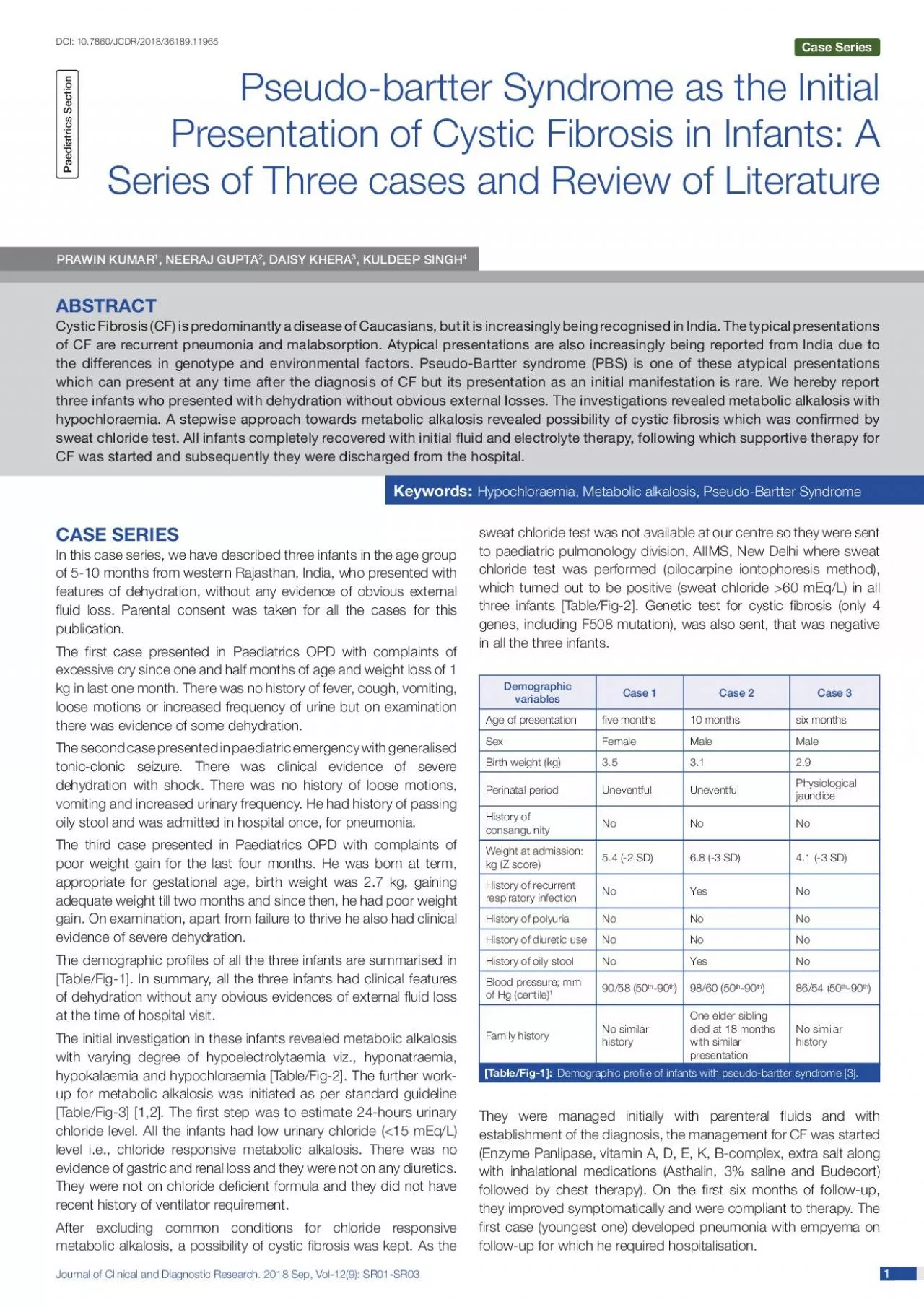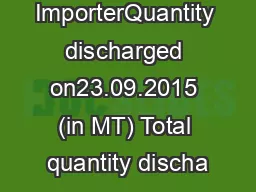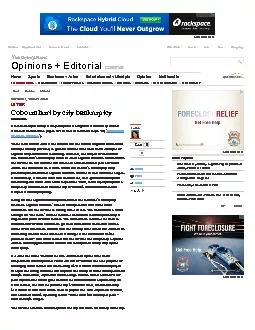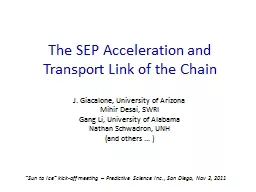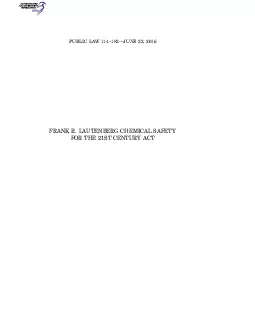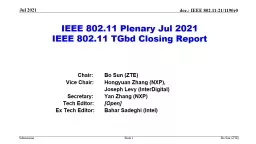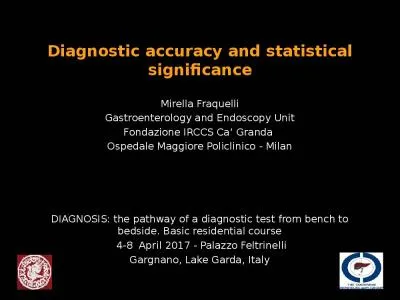PDF-Journal of Clinical and Diagnostic Research 2018 Sep Vol129 SR01
Author : jainy | Published Date : 2022-08-16
1 1 DOI 107860JCDR20183618911965 Case Series Paediatrics Section Pseudobartter Syndrome as the Initial Presentation of Cystic Fibrosis in Infants A Series of Three
Presentation Embed Code
Download Presentation
Download Presentation The PPT/PDF document "Journal of Clinical and Diagnostic Resea..." is the property of its rightful owner. Permission is granted to download and print the materials on this website for personal, non-commercial use only, and to display it on your personal computer provided you do not modify the materials and that you retain all copyright notices contained in the materials. By downloading content from our website, you accept the terms of this agreement.
Journal of Clinical and Diagnostic Research 2018 Sep Vol129 SR01: Transcript
Download Rules Of Document
"Journal of Clinical and Diagnostic Research 2018 Sep Vol129 SR01"The content belongs to its owner. You may download and print it for personal use, without modification, and keep all copyright notices. By downloading, you agree to these terms.
Related Documents

